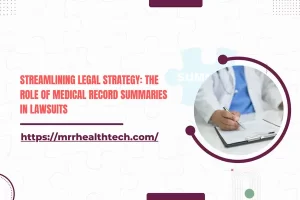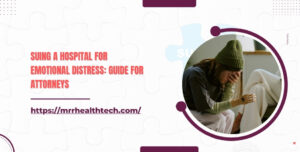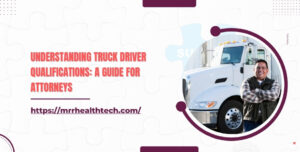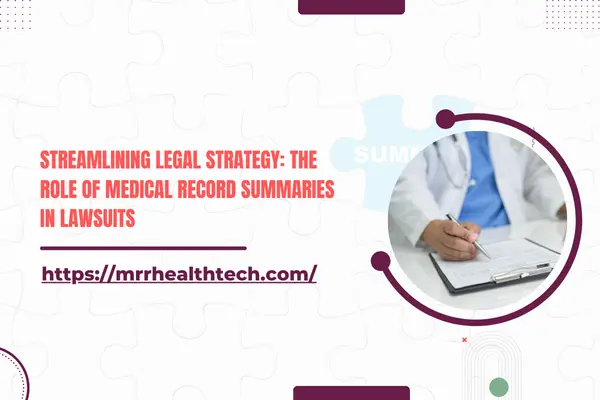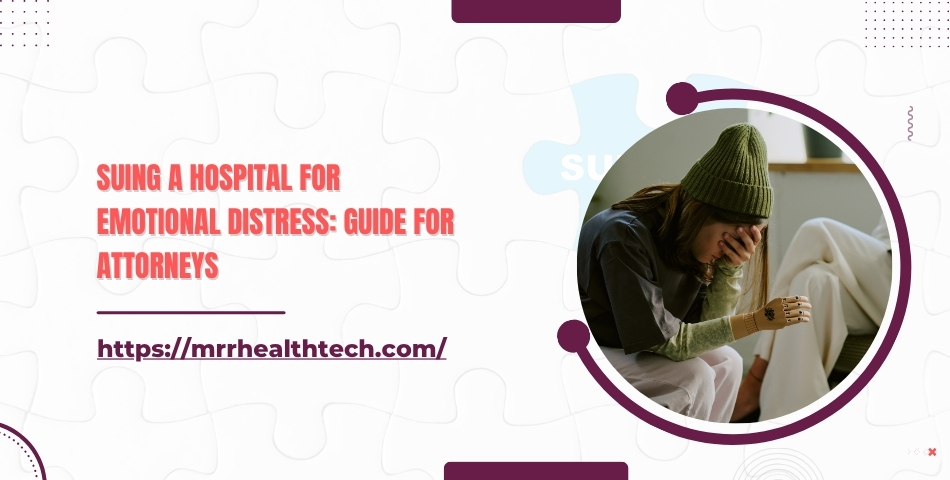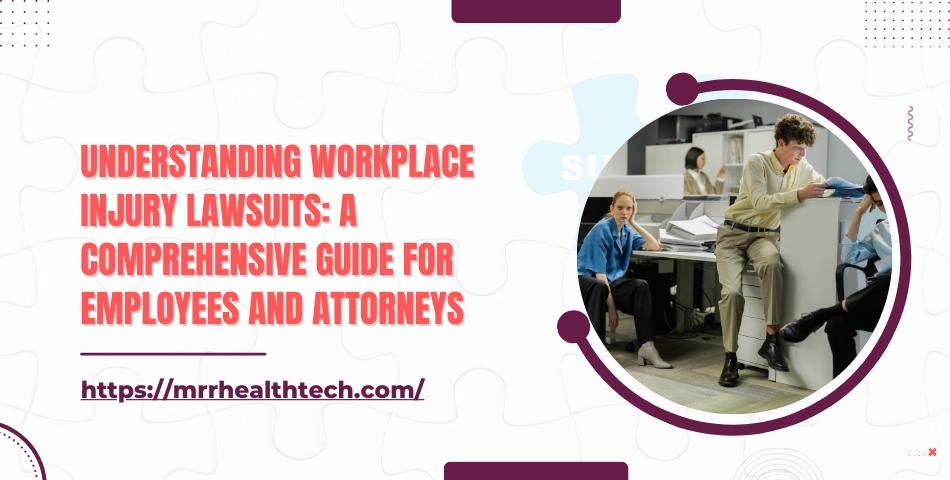
Introduction
Injuries sustained at work impact the employee as well as their banks and health. Knowing the legal boundaries of these workplace injury lawsuits is critical for both employees seeking compensation, as well as the attorneys representing them. This article explains in detail workplace injury laws, what injury cases entail, the review of medical records in the specific case under focus and what steps employees, as well as their legal counsel, can take to make the case easier.
Types of Workplace Injuries
Slip and Fall Accidents: Are normally caused by wet floors, uneven surfaces, or cluttered walkways.
Repetitive Strain Injuries: Resulting from repetitive motions like typing or lifting.
Machinery Accidents: These involve injuries from operating heavy machinery as well as other equipment.
Causes of Workplace Injuries
Unsafe Working Conditions: Include poorly maintained equipment, inadequate safety measures, and lack of provisions for staff training.
Employee actions: Deliberate or negligent actions taken by employees that place the staff or work environment at risk can lead to possibly self-inflicted injuries.
Employer Negligence: This is the converse action where employers fail to provide safe working environment or proper training.
Legal Framework for Workplace Injury Claims
Workers Compensation vs Lawsuit
Workers Compensation: This serves a no-fault system that grants injured employee benefits irrespective of the employee’s proved negligence, leaving the employee without demonstrated fault in this instance.
• Personal Injury Claims: Workers may file claims against their employer or another relevant party if they can prove some negligence.
Statute of Limitations
• Filing timelines: Usually differs by state, but is often between one to three years from the date the injury was incurred.
The Role of Medical Records Review
Importance of Medical Documentation
• Proving Claims: Medical records should be accurate to prove the injuries suffered, and how it affects employees in their daily activities.
• Work with Lawyers: Companies that review medical records help lawyers to obtain and analyze medical documents to prepare strong cases.
Best Practices for Medical Records Review
• Completeness: Collect all pertinent medical records including all treatments administered, expert opinions, and all other relevant information.
• Expedience: Ensure records are obtained without undue delays in order to prevent slowdowns in the steps needed to seek justice.
Common Questions about Workplace Injury Lawsuits
Can I Sue My Employer for Work Injury?
• Yes, but for very limited reasons. For example, if there is clear negligence or when the injury is inflicted by someone else.
What Should I Do Right After an Injury?
• Report to your Supervisor, seek medical help, and fill in required documentation detailing the incident.
What Can I Claim?
• Medical costs, lost income, damage from trauma and rehabilitation expenses.
Case Studies
Case Study 1: Overview of the Case
• Overview: One of the hardest factory works experienced a traumatic hand injury from operating a machine with no saftey guards.
• Challenges: The employer in this case denied liability stating the no employee safety protocols were being observed.
• Solutions: The attorney conducted a comprehensive medical documents review which included the client’s past surgeries and safety violations at the workplace which were documented.
• Compensation: The claimant was compensated through a settlement in medical treatment, wage loss, and rehabilitative services in the later stages of recovery.
Case Study 2: Overview of the Case
• Overview: Office worker suffered from carpal tunnel syndrome due to extensive use of computers on a daily basis and lack of ergonomic furniture.
• Challenges: In this case proving the cause of the injury was the working conditions was a challenge.
• Solutions: The lawyer worked alongside physicians to prove the need for and the on-going treatment required.
• Compensation: An employee in this situation was compensated for medical expenses and income during the recovery period.
Conclusion
Having a comprehensive strategy in regard to the employers’ negligence claim involving workplace injuries and injury case litigation processes necessitates understanding the legal framework alongside reviewing the details of medical records. Employees who are proactive and well-informed stand a better chance of negotiating their rights and acquiring the compensation that is rightfully theirs. Employees need to actively partner with their lawyers in order to navigate the complexities of each case successfully.

